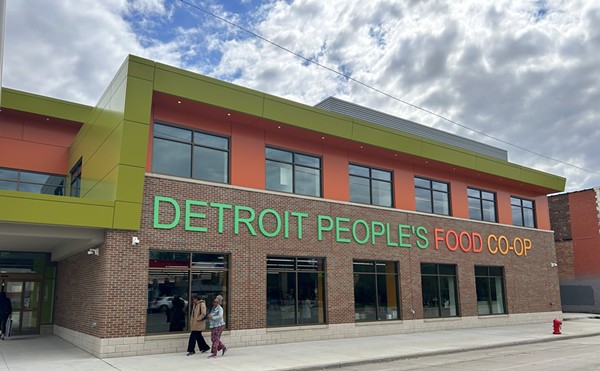Is the doctor prescribing you drugs from, say, Pfizer or Eli Lilly, also raking in thousands of dollars — even hundreds of thousands of dollars — from the same companies in consulting and speaking fees?
Probably not. But possibly so.
And short of asking and hoping for a straight answer, you have no way of knowing for sure until 2013 when such payments are to be made public under a provision of the health care reform act.
Until then, the best you can do is search Dollars for Docs, a database compiled by the organization ProPublica, covering 12 companies that comprise some 40 percent of the U.S. drug market. ProPublica is a nonprofit news organization for “investigative journalism in the public interest.”
Why might the payments matter and why might you want to know?
The speaking and consultant fees and other payments are perfectly legal, so long as certain rules are followed, but ethical questions loom even then. Here’s the case for disclosure and transparency that ProPublica made in an op-ed jointly published earlier this month with the Los Angeles Times:
Patients largely trust their doctors to do what's right for them. But a recent string of scandals has raised questions about whether patients need to know more. Pharmaceutical and medical device makers have paid billions of dollars to settle accusations of kickbacks to doctors and improper marketing of their products.Many physicians say the close ties between drug and device firms and doctors lead to new and more effective medications, life-saving innovations and a better-educated profession. Although this is certainly true, the relationships also can cause physicians to — consciously or not — downplay side effects and poor research outcomes, studies show.
Likewise, the op-ed notes, competitors’ drugs or generics may be cheaper.
According to ProPublica, the dozen companies that now publish their payments to doctors do so either as a result of pressure from Congress or settlements in lawsuits alleging wrongdoings (such as directing physicians to illegally push “off brand” uses for drugs).
The payments disclosed by the 12 companies amount to $761.3 million, $21.5 million of it going to Michigan doctors.
We decided to spot-check the database’s usefulness by walking around the MT office, asking for names of doctors (to be kept confidential) seen by staffers or families. We searched for 11 names, checking only for payments of $250 and above to simplify our review.
What we found in the database, covering 2009 and 2010: No evidence for payments to eight of the doctors. A St. Clair Shores family practice doctor dined to the tune of $255 on Pfizer’s tab; a Dearborn gynecologist picked up $2,600 from Eli Lilly for speaking and consulting; and a Rochester Hills psychiatrist collected $266,000 from Eli Lilly, Pfizer and AstraZeneca for speaking, consulting, travel, meals and a relatively small amount of research ($5,100).
To put the extent of these payments in perspective, approximately 975 Michigan doctors appear in the $250-and-up list, at least 50 of them collecting $75,000 or more from the drug companies. Our back-of-the-envelope guesstimate is that about 6,000 doctor names appear on the list that includes all payments of less than $250. The Michigan Department of Community Health estimated there were 29,302 licensed physicians providing medical services in the state in 2008.
Again, according to ProPublica:
In a nationally representative survey by Consumer Reports of 1,250 adults, more than three-fourths said they would be “very” or “somewhat” concerned about getting the best treatment or advice if their doctor were accepting drug-company money. And 70 percent said doctors should tell their patients about such payments if they are going to prescribe drugs from one of those companies.
ProPublica notes that the database is searchable and accessible even by smart phone as an alternative to reading People while you’re sitting in the waiting room. We found searching the database somewhat cumbersome, however. For the $250-and-up data, we found it faster to alphabetize the all-state list and click through the screens of entries until arriving on the names sought.
The database was originally released last October with about 30,000 payment records. It was updated earlier this month with more than half a million records.
(Thanks to research assistance from MT editorial intern Ryan Felton.)





